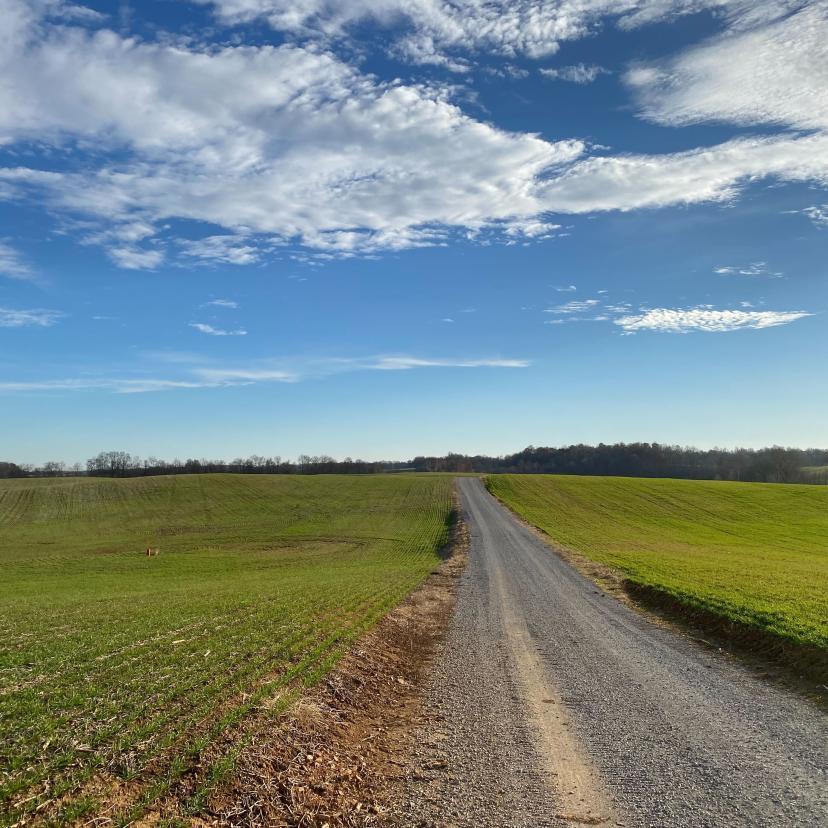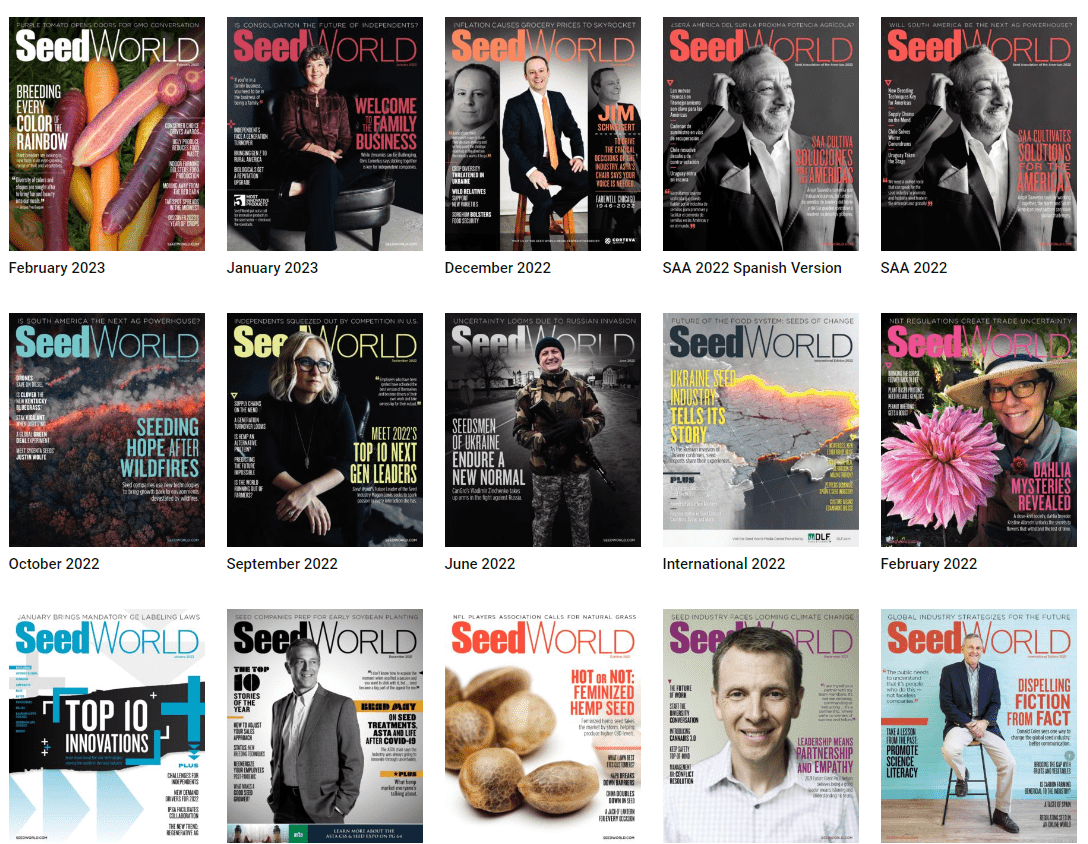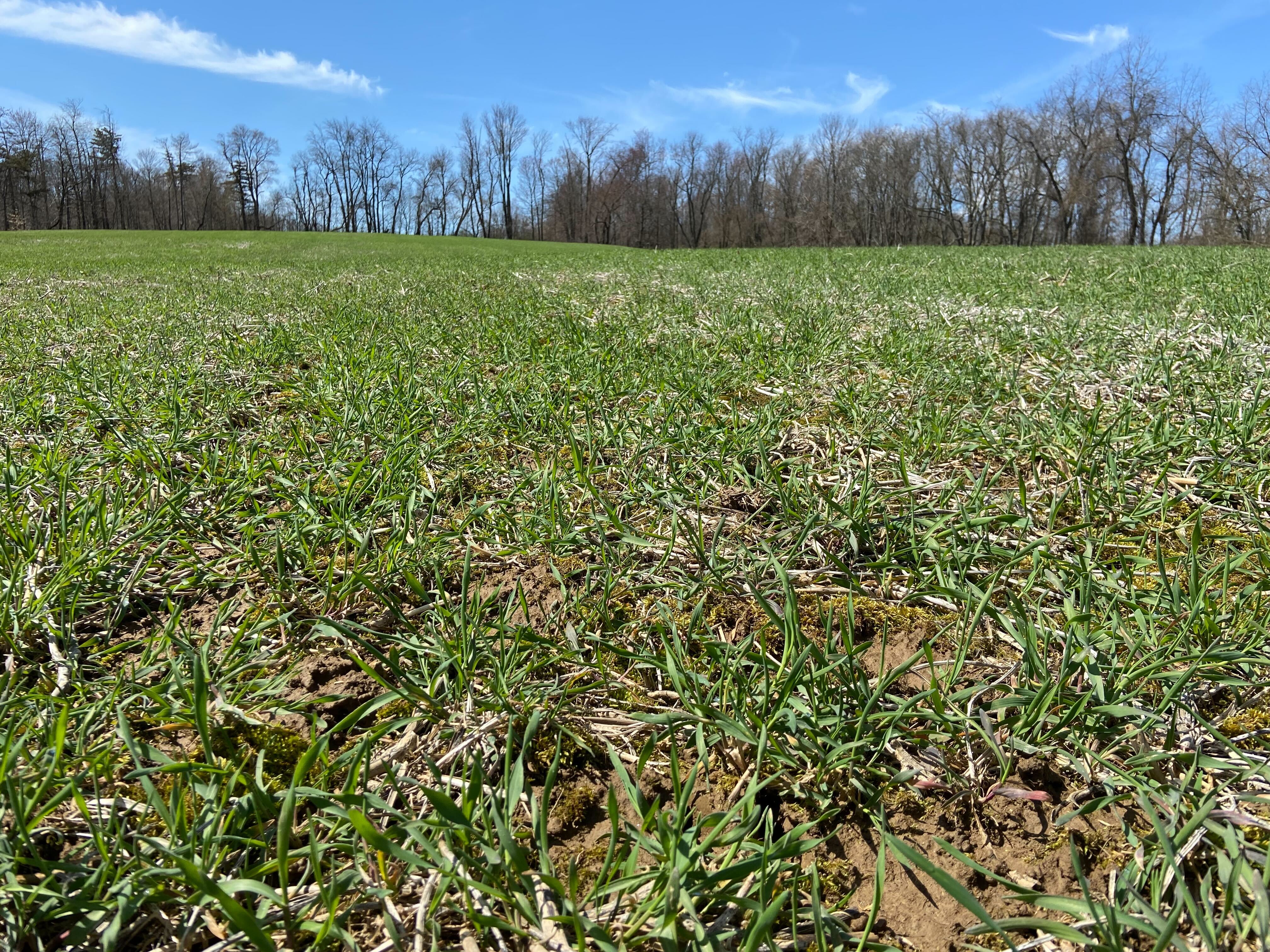A recently published paper in Soil Biology and Biochemistry has shed light on an overlooked but critically important component of carbon sequestration in soils. The paper highlights the role of agricultural subsoil, which is the soil that exists under the topsoil at depths greater than 30 cm, in combatting climate change through soil carbon sequestration.
Global subsoils contain significantly more carbon than topsoils due to their greater volumes as well as their physical, chemical, and biological properties that make them more conducive to long term carbon stabilization. To date, most strategies aimed at limiting carbon loss and/or maximizing carbon storage have targeted topsoils and overlooked the role of the deeper soil profile. Topsoils are generally richer in carbon on a mass equivalent basis but have a relatively lower potential to store additional carbon compared to subsoils due to topsoil’s more favorable soil conditions for carbon decomposition via microbial activity, higher prevalence of agriculture related physical disturbance, and higher saturation of carbon bound to soil minerals.
Additionally, the residence time of carbon in topsoils is significantly lower than that of subsoils, meaning carbon stored in topsoils has a greater risk of being lost back to the atmosphere in response to changes in climate and management. For these reasons the authors argued that there should be a greater effort in agricultural productions systems to maximize carbon storage in subsoil.
The paper details the differences in soil physical, chemical, and biological properties that influence carbon storage in topsoils versus subsoils but also detailed our current knowledge on strategies to increase subsoil carbon stock. One of the most promising strategies is to utilize genetic engineering to breed crops varieties for deeper rooting. Deeper rooted crop varieties allocate more plant C belowground to depths where limited oxygen and nutrients restrict microbial mineralization (C loss pathway) but also yields co-benefits such as improved drought tolerance and nutrient capture.
As ecosystem markets for carbon credits become more lucrative plant breeders will have a greater incentive to breed crop varieties for increased carbon sequestration. Another strategy is the application of Fe and Al hydroxides to agricultural soils. Aluminum and iron hydroxides have a positive charge that binds with negatively charged soil organic matter to stabilize carbon in soil and are readily available in the form of iron-containing sludge from wastewater treatment processes. Other strategies discussed are deep ploughing, biochar burial, clay burial, and water table management. While many of these strategies require further research to validate their effects on a large scale across diverse agroecosystems it is evident that any strategy to increase carbon stocks through management should also take into consideration the role of the subsoil in doing so. –Caleb Smith, Conservation Agronomist


